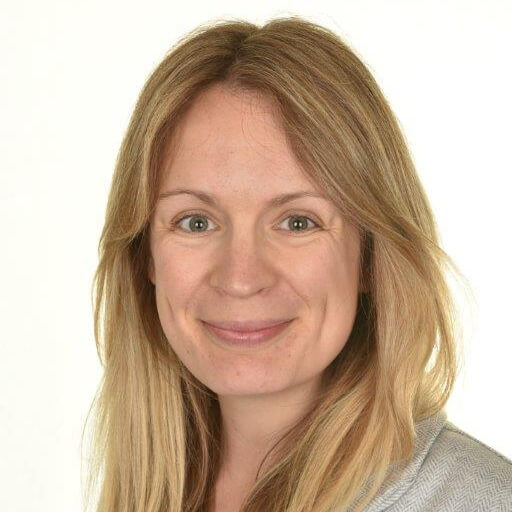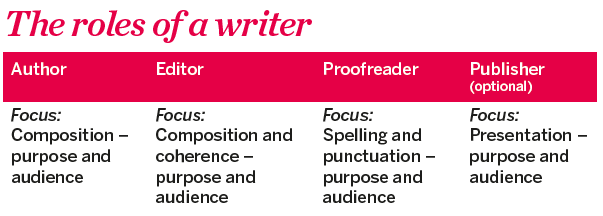Teach Spelling as a Problem-Solving Skill – Just Like Maths

Why do we consistently give children the answer when working with words when we would never dream of doing so with numbers, asks Laura Dobson…

- by Laura Dobson
- Deputy headteacher and former adviser at Inspire Primary English

How often have you said something like, “My children always score 10/10 in a spelling test but they never apply it to their writing.” Or, “I correct their spelling mistakes for them.” Maybe, “Children ask me how to spell a word – it’s just easier to tell them.” Perhaps, “We get the children to sound it out, but they still get it wrong.”
In maths lessons, we consistently expect children to problem-solve; it would be inconceivable to just give them the answer. It should be the same process when children are learning to spell.
Tricky task
The English language is a complex one. We have 26 letters in our alphabet and 44 phonemes (single sounds).
If every sound was represented by the same letters, spelling would be much simpler. Instead, we have around 250 ways of spelling the 44 sounds – we call these the graphemes.
Various letters can make the same sound, such as the /j/ sound in jug; bridge and giant. And just to make matters worse, often the same letters are used to make different sounds as in low and cow.
Revision is necessary
Teachers set aside time each week to teach spelling and often do this well. The curriculum, however, only details when learning should be introduced, not when it should be practised and revised, and these two elements are essential for a successful spelling curriculum.
By the end of Y2, most common grapheme/phoneme correspondences will have been introduced.
However, just because a child has been taught that the /oo/ sound in moon can be written as oo (moon), ew (screw), ue (blue), u_e (flute) and oe (shoe) does not mean they will know which spelling to select when writing.
And what happens if they want to write fruit, which contains a rare grapheme not yet taught?
In order to know which rules and patterns to revise, carry out a miscue analysis from a child’s writing that is typical of errors made in your class.
Group the errors under headings (for example, incorrect grapheme choice; difficulty adding suffixes; common exception word – also known as tricky words – and so on). This should help identify which rules and patterns need to be revised.

For children to want to correct spelling, they must understand why it matters. And the reason it matters is so another person can read and understand it.
In order to ensure spelling does not hamper creativity, ensure children know which hat they are wearing.
At the first stage they are authors who need to focus on composition – what do you want to say to your audience?
As an editor, they need to check they have said it correctly, so it makes sense. It is when they are wearing the hat of a proof-reader that they need brain space to problem-solve their spelling.
Depending on their age, misspellings may have been identified but do not correct them. Instead, provide them with the time and resources to problem-solve.
Resources
Provide children with a space to try out alternative spellings. Limit their attempts to three – more than this and nothing looks correct.
When trying out different spelling possibilities, a grapheme/phoneme correspondence chart is excellent as it reminds them of alternative ways of writing sounds. Ask them which one looks right and get them to write down their best guess.
Ideally, have a sheet or a spelling journal for their tries; they can learn from these and so can you. A spelling journal could also contain spelling patterns taught and can provide reminders when correcting spellings.
Using spelling buddies is useful as it provides children with another person to problem-solve with. Children should see their brains as holding the solution to spelling, not yours.
Testing
Is the spelling test a help or a hindrance? Y5 has spent all week learning different ways to spell the ‘shun’ sound (which is never actually spelt ‘shun’). They’ve had a spelling test with ten words ending in the sound.
A week later the child (who achieved 10/10 in the test) writes ‘informatshun’. Why has said child not applied their previous learning? Because the learning was not embedded and the spelling test did not help.
What might have helped? Problem solving! The teacher could have started the week with a question such as, ‘How many words actually spell the ‘shun’ sound as ‘shun’?’ or, ‘If I come across a word with the ‘shun’ sound in and I do not know how to spell it, what spelling would most likely be correct?’
By challenging the children to think about spelling patterns, to investigate them and discuss what they notice, the learning will be greater. We need to encourage them to think logically about their spelling, to make links and take educated guesses.
In my opinion, spelling tests can be useful, if used correctly.
One way a spelling test could benefit learning: the children have been investigating when to use the word ending ‘ent’ or ‘ant’.
The teacher has not told them a rule but instead challenged them to see if they can find a pattern. The ‘test’ (I prefer the word ‘challenge’) is to apply what they have learned from their investigation to five words.
The teacher reads out the five words, for example observant, innocent, decent, frequent and tolerant. Focus marking on whether the child selected the correct spelling of the word endings. The challenge did not result in a score, but instead was a learning opportunity for the children to reflect on.
Another area in which spelling tests (challenges) can be useful is with spelling foes: words a child is commonly misspelling in their own writing. Identify these for the child in their writing and give them time to correct them using the resources available.
The child writes their original spelling and the correct spelling in their home learning journal. Identify up to five spelling foes. Check the corrected spelling is accurate and model strategies for learning these spellings at home.
The children test each other on their personal spelling list. These lists then become a record of words the child uses regularly and now should know.
An action sport
Primary schools across the country are creating superb curriculums which challenge children to investigate, explain, challenge and debate.
Take some time to reflect if there is enough challenge in how you approach spelling with your children beyond the discrete spelling session. Spelling really is an action sport and it is time to put the ball back into the children’s court.
Laura Dobson was a teaching and learning adviser for a large LA before setting up Inspire Primary English this year. Find her at inspireprimaryenglish.co.uk and follow her on Twitter at @InspirePriEng. Browse more Year 3 and 4 spelling list resources, Year 5 and 6 spelling list resources and free spelling worksheets.










